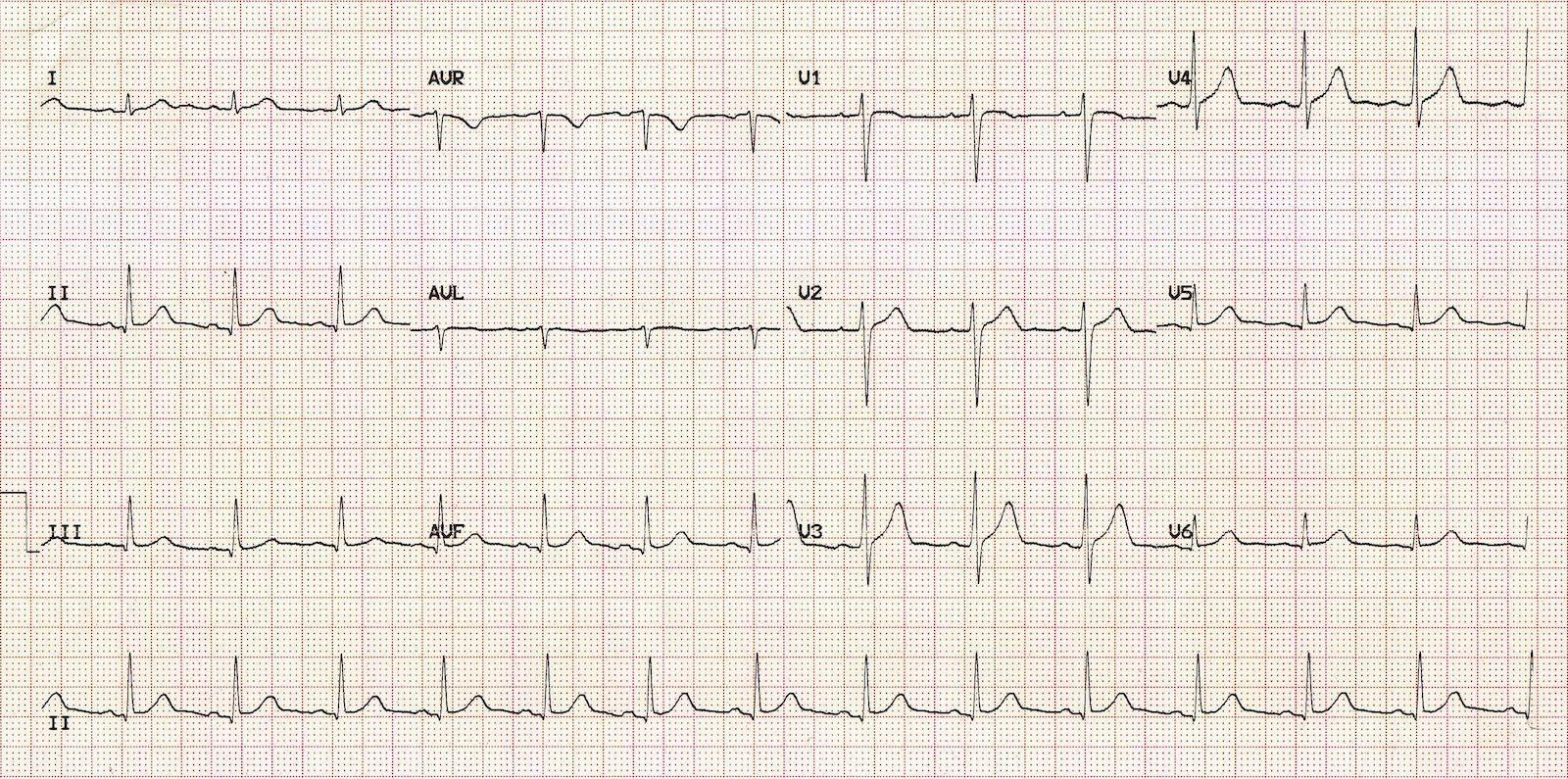Assessment Quiz 2
Quiz Summary
0 of 10 questions completed
Questions:
- 1
- 2
- 3
- 4
- 5
- 6
- 7
- 8
- 9
- 10
The results of your practice test are waiting! Just fill in your email address in the box below, and we will share your results. You’ll only need to enter your email one time. After taking your next practice exam, you’ll receive your results as soon as you click on “Submit.”
Once you pass five practice tests, a 20% discount coupon will immediately be sent to the email address you provided.
|
You must specify an email address. |
You have already completed the quiz before. Hence you can not start it again.
Quiz is loading…
You must sign in or sign up to start the quiz.
You must first complete the following:
Results
Time has elapsed
Try Again. You didn’t get a passing score.Congratulations! You Passed.
You got 0 out of 0 correct and scored 0. Review your incorrect answers and try again.
Earned Point(s): 0 of 0, (0)
0 Essay(s) Pending (Possible Point(s): 0)
Categories
- Not categorized 0%
Earn a 20% Discount on Your Next Certification Course!
ACLScertification.org is proud to offer a 20% discount to students who successfully pass 5 of our practice tests in one sitting. Currently, you have passed 0 of the 5 required tests. Start testing your skills and earning your discount now in our Practice Exam Section.
- 1
- 2
- 3
- 4
- 5
- 6
- 7
- 8
- 9
- 10
- Answered
- Review
-
Question 1 of 10
1. Question
1. A 55-year-old man is found down and unresponsive to verbal commands when you tap on both of his shoulders. His respiratory rate is 16 breaths/minute, and his heart rate is 65 bpm. What should you do?
CorrectIncorrect -
Question 2 of 10
2. Question
2. A 55-year-old man is found down and unresponsive to verbal commands when you tap on both of his shoulders. His respiratory rate is 16 breaths/minute, and his heart rate is 65 bpm. What should you do?
CorrectIncorrect -
Question 3 of 10
3. Question
3. A 60-year-old man is brought to the emergency department unresponsive. He has the following vital signs: HR = 100 bpm, BP = 100/80 mm Hg, RR = 12/min, T = 36.8°C, oxygen saturation = 100%. Blood sugar level = 30 mg/dL. A 12-lead ECG records the following tracing:

What is the treatment of choice for this patient?
CorrectIncorrect -
Question 4 of 10
4. Question
4. A 71-year-old woman undergoes hip replacement surgery. On the third hospital day, she suddenly develops chest pain and difficulty breathing. A ventilation/perfusion scan reveals two segmental mismatched defects in the right middle lobe. After the test, the patient goes into cardiac arrest and expires. What is the likely cause of the patient’s demise?
CorrectIncorrect -
Question 5 of 10
5. Question
5. A cardiac arrest patient has achieved a return of spontaneous circulation after 25 minutes of cardiopulmonary resuscitation. He is presently comatose. The neurologist wants to assess the patient’s prognosis and orders a CT scan of the brain. If the CT scan taken within 2 hours after cardiac arrest shows a marked reduction of the gray-white ratio, what can the neurosurgeon conclude of this finding?
CorrectIncorrect -
Question 6 of 10
6. Question
6. A comatose patient was revived after an unwitnessed cardiac arrest. After reviewing the patient’s brain CT scan, the neurosurgeon concludes that this patient’s neurologic outcome is poor. The patient has a gray-white ratio of 0.5 on a CT scan of the brain. What can you conclude in this finding?
CorrectIncorrect -
Question 7 of 10
7. Question
7. A neurologist is projecting the likely outcome of a 72-year-old man that has been revived 15 minutes after cardiac arrest. Which of the following are clinical findings or tools that can help to conclude that this patient has a good prognosis?
CorrectIncorrect -
Question 8 of 10
8. Question
8. A patient has achieved a return of spontaneous circulation (ROSC) after 15 minutes of ACLS. She is comatose and is admitted to the ICU with targeted temperature management. When is the most appropriate time to perform prognosticating tests in this situation?
CorrectIncorrect -
Question 9 of 10
9. Question
9. A patient in cardiac arrest is successfully intubated in the ED. While performing 2 cycles of CPR, waveform capnography measures pressures at 9 mm Hg. What is your next course of action?
CorrectIncorrect -
Question 10 of 10
10. Question
10. A patient in cardiac arrest secondary to severe hypothermia has achieved return of spontaneous circulation. At what targeted temperature should the patient be maintained, provided that there are no contraindications?
CorrectIncorrect